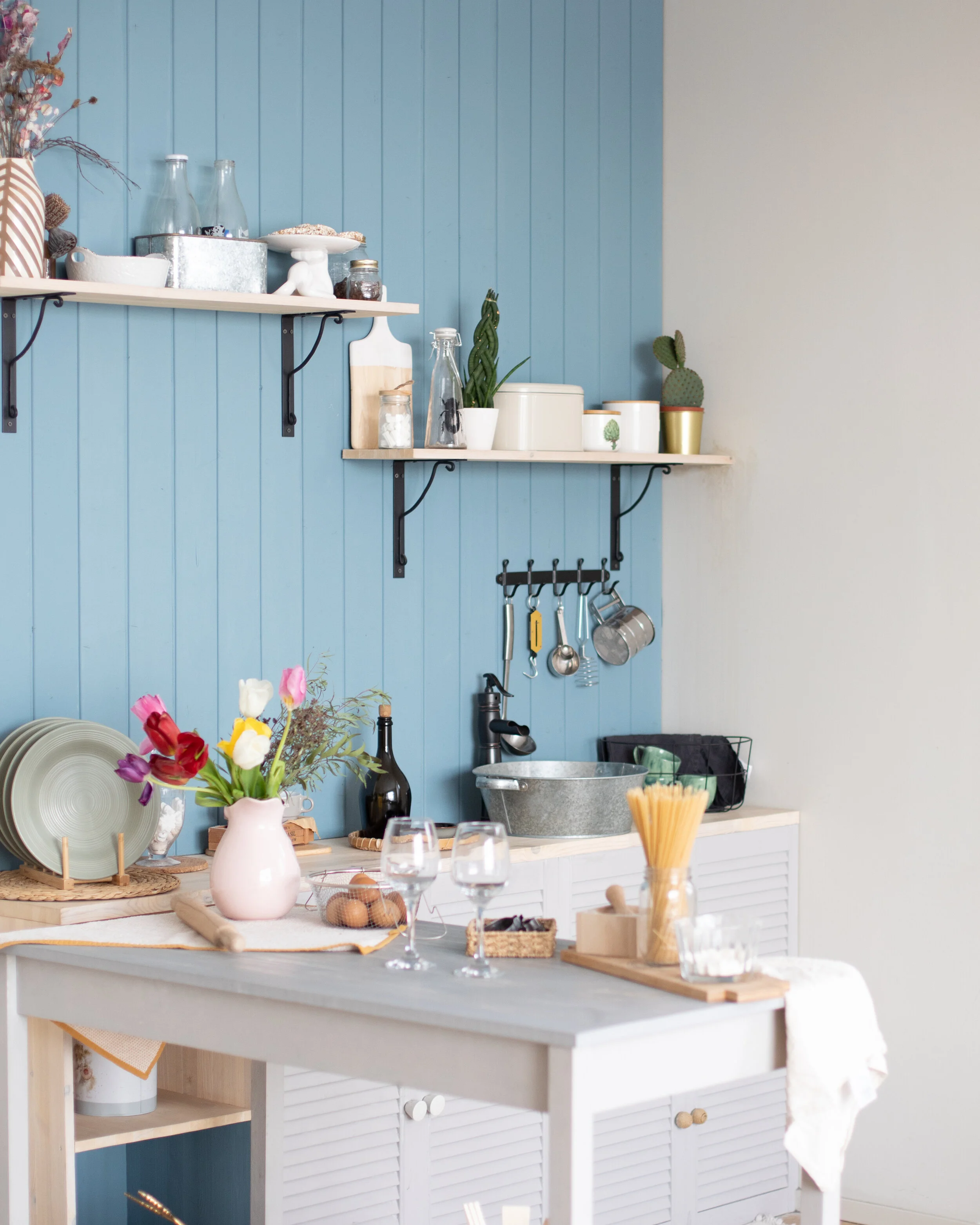What Should You Do When You Find Mold In Your Home?
It might be a small word, but it packs a powerful punch. Mold strikes fear into the hearts of homeowners because of the havoc it can wreak. Property sales have been quashed due to little spores of black stuff on bathroom walls. That’s how much people hate mold.
So, when you find it in your home, you’re bound to be disheartened. After all, it spreads quickly - between 24 to 48 hours in damp conditions - and it can be tough to remove. Please don’t worry, though, as there is always a backup plan.
Here are four things that you can do.
Call A Pro
It’s the best move right off the bat. The professionals understand the severity of the situation and can eliminate mold spores via the latest tools and equipment they carry. A restoration company deals with mold all the time, especially when properties flood or have ventilation issues, which is why they’re happy to help. Although the upfront cost scares people away, it’s not a high price to pay considering your health is at risk. The bacteria from the spores have the potential to cause ailments from a cough to trouble breathing, so it’s really an investment for you and your family.
Always Wear Protection
For those who do decide to treat it alone, you should always treat mold with respect. As pointed out, it has the potential to cause health issues, which is why you must wear protection. That includes everything from rubber gloves to a face mask that covers the nose and eyes. Detergent-wise, you’ll require a robust formula as mold bacteria is hard to kill, something like bleach. Again, this makes protecting equipment and clothing essential as prolonged exposure is unhealthy. When you’re done, don’t forget to put your clothes in the laundry (everything) to avoid the spores from passing around your home and from person-to-person.
Research The Surface
Mold isn’t the only problem. Sadly, the surface can lead to complications since it makes the bacteria harder to remove. As such, you should do some research and check whether you need to take alternative measures. For instance, before addressing mold on a hard surface, such as concrete, it’s worth dampening the area with a wet cloth. This absorbs some of the spores that the concrete doesn’t, preventing them from flying through the air and recirculating. Wood and wallpaper are more forgiving as they soak up the spores.
Dry The Area
Drying the area is the most important step. If you don’t, the moisture will allow the bacteria to grow back, and you’ll have to fight against mold continually. The easier option is to remove it entirely, and then attempt to keep the room as dry as possible. In the bathroom, for example, homeowners like to leave the window open so that the moisture from the shower doesn’t stay in the air. Alternatively, you should invest in a dehumidifier for places where this isn’t doable, especially if the water volume is significant. A powerful one will take care of an entire level.
Have you spotted mold yet?









